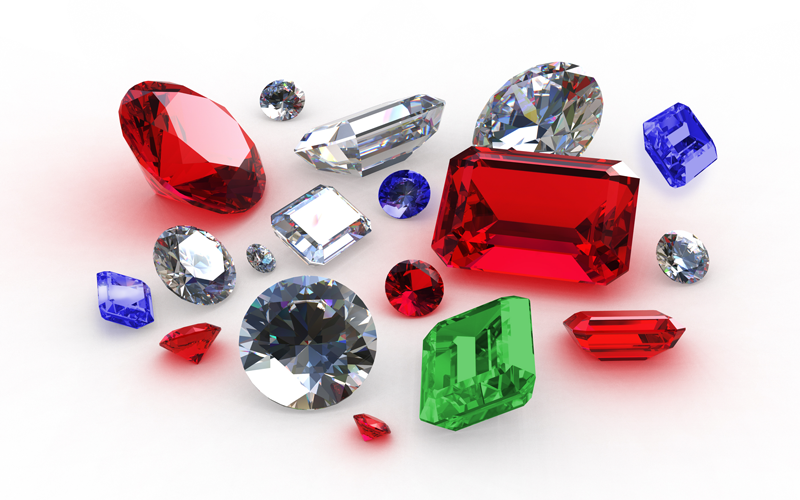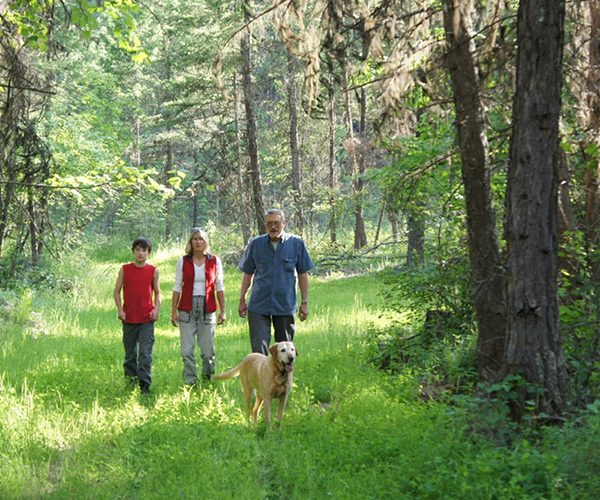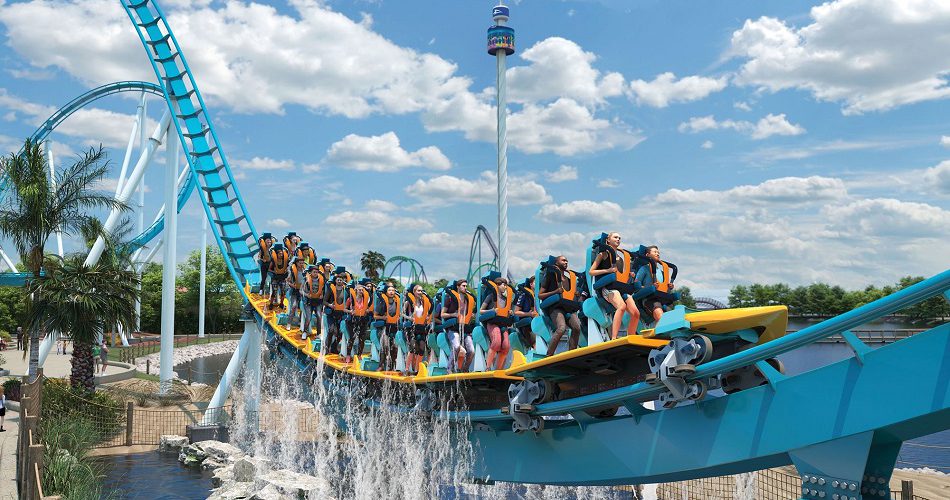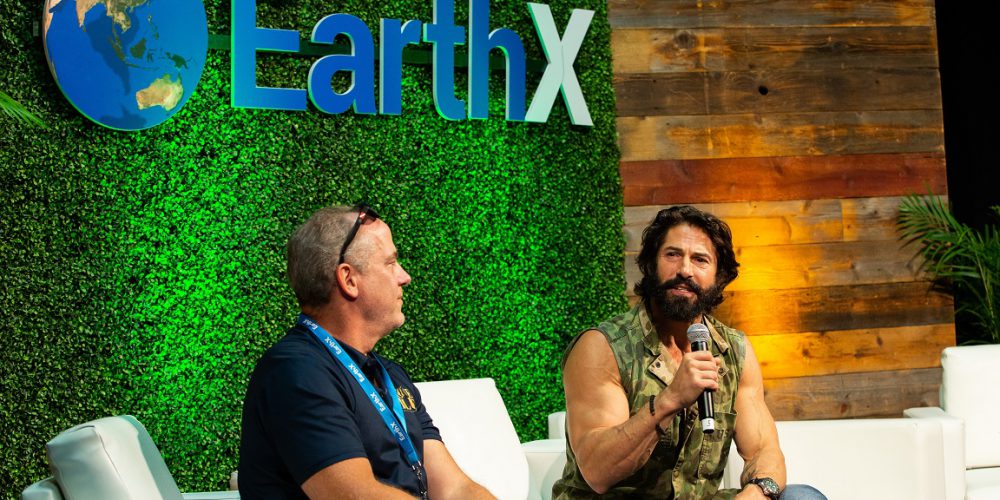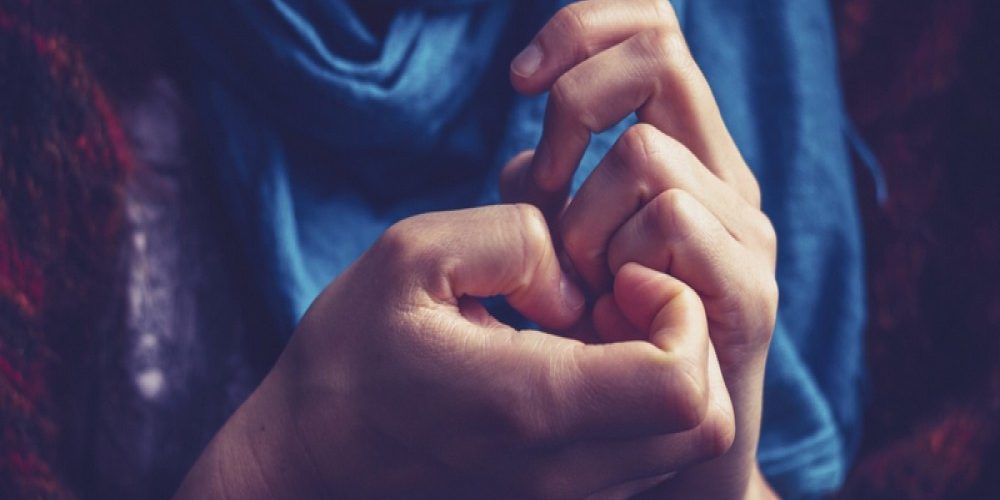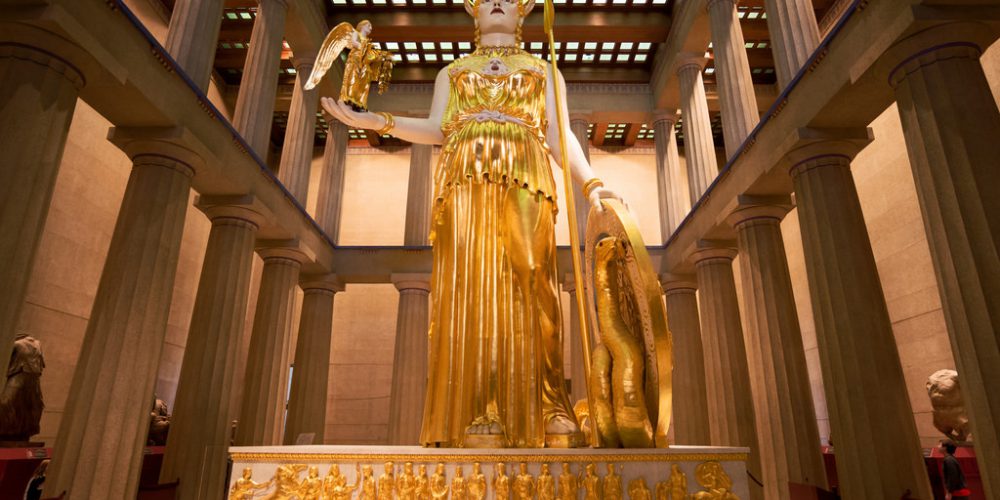Celebration of Independence Day in the United States with time-honored and beloved traditions
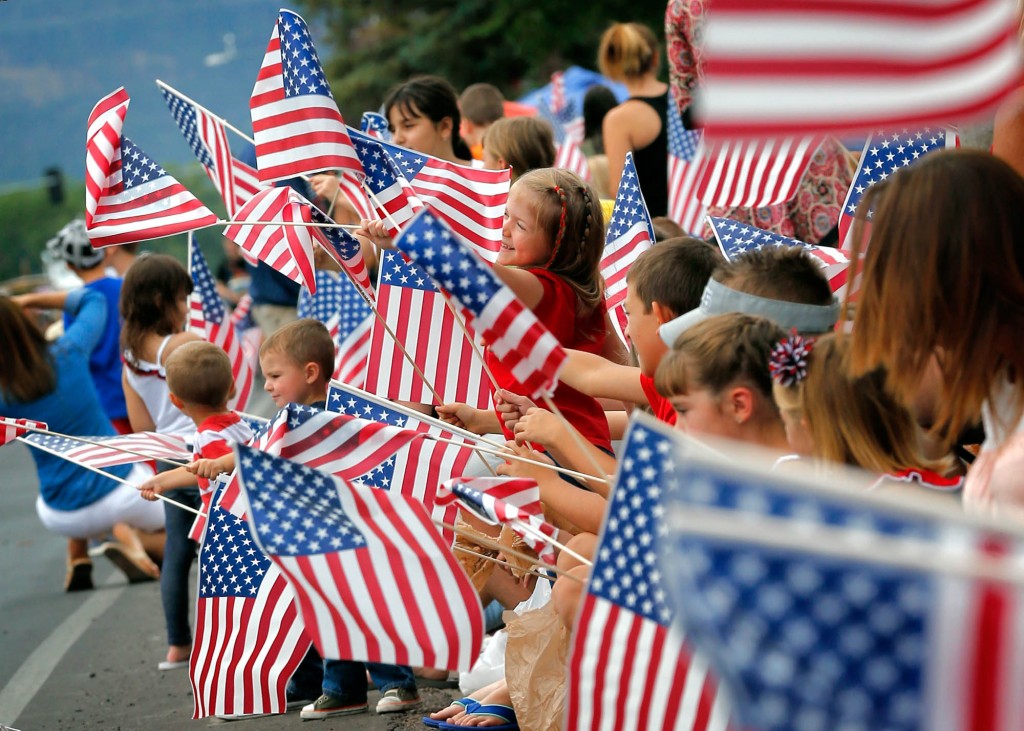
Independence Day, also called Fourth of July or July 4th, in the United States, the annual celebration of nationhood. It commemorates the passage of the Declaration of Independence by the Continental Congress on July 4, 1776.
Nice weather, family picnics, parades, fireworks and red, white and blue everywhere – Americans celebrates Independence Day with time-honored and beloved traditions.
Known now as a day of patriotism and enjoying time off from work, the Fourth of July began the journey to becoming a quintessential American holiday in 1776, when the Second Continental Congress adopted the Declaration of Independence.
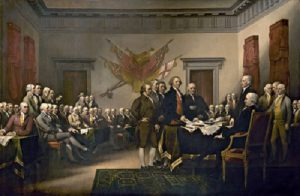
Though 12 of the 13 American colonies had already approved the resolution by July 2, 1776, even prompting John Adams to write his daughter with predictions of future July Second festivities, the document declaring independence from Britain wasn’t officially adopted until July 4.
Some Americans began celebrating the very same year, though the practice wouldn’t become widespread until the aftermath of the War of 1812.
Congress finally passed a bill making Independence Day a federal holiday on June 28, 1870.
Though some traditions associated with the Fourth of July have changed or disappeared over time, many have remained true to their roots in the almost 250 years since the Declaration was signed.
The origins of the favorite July Fourth festivities.
Fireworks
Fireworks displays are perhaps the most iconic of all Fourth of July revelries. The first celebration came in earnest on July 4, 1777, described on July 5 in the Pennsylvania Evening Post as a demonstration of “joy and festivities.”
Ships “dressed in the gayest manner, with the colors of the United States and streamers displayed” approached the city and fired off 13 cannon shots, one for each colony-turned-state. Later in the evening, 13 fireworks were set off in the city commons in Philadelphia and Boston, which the Evening Post described as a “grand exhibition of fireworks … and the city was beautifully illuminated.”
According to Dr. Putman, senior manager of gallery interpretation at the Museum of the American Revolution, fireworks had been used in the colonies before 1776, but not in such grand fashion.
“You would have seen fireworks at a lot of festivities, celebrations, anniversaries, you know, things like the king’s birthday or big events, but they often were not enormous, launched-in-the-sky fireworks,” he said.
“People would build these kind of structures and frameworks that would then catch on fire, or parts of them would launch off, and often they would be in certain shapes, like a bunch of stars or a dancing person … kind of like a Burning Man sort of thing.”
It wasn’t until the 18th century, said Putman, that fireworks were perfected and began to resemble the explosive rockets we know today.

Parades
Visit any city or town in the U.S. on the Fourth of July and you could find a parade of some sort making its way through Main Street. Mentions of parades, another tradition that harks closely back to Revolution-era origins, can be found in the earliest correspondences about the newly minted but still unofficial holiday.
In a letter John Adams wrote to his daughter, Abigail Adams, on July 2, 1776, he described what would later be known as Independence Day, predicting it would become “the most memorable Epocha, in the History of America. − I am apt to believe that it will be celebrated, by succeeding Generations, as the great anniversary Festival.”
Though Adams mistakenly asserted the holiday would be commemorated on the second of the month as opposed to the fourth, he was correct in his predictions of the merrymaking to follow.
“It ought to be solemnized with Pomp and Parade, with Shews, Games, Sports, Guns, Bells, Bonfires and Illuminations from one End of this Continent to the other from this Time forward forever more,” he wrote.
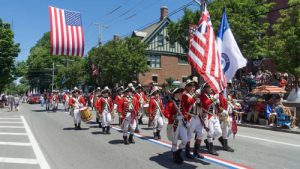
Back then, parades looked markedly different from the ones we attend today.
During the Revolutionary War, parades were generally reserved for the military, with armies marching the streets to reach their destinations. It wasn’t until years after the war, in the late 1700s to early 1800s, said Putman, that parades began to look more like what we would recognize today.
When parades began to appear as part of annual celebrations as opposed to one-off events, they didn’t yet feature the marching bands and firetrucks we’re familiar with but instead were full of groups of normal people from town. The city’s butchers, for example, would walk together as one group, and shipbuilders would construct massive floats to be pulled down the street by horses.
“Sometimes you read about parades where, like, in Philadelphia, tens of thousands of people are in the parade and you kind of wonder who is left to watch the parade,” Putman said. “There are so many people, if all the shipwright and the shoemakers and the grocers are all already marching the parade, it’s mostly just kids, probably, who are like, ‘Well, I guess I’ll wait as this 10,000-person parade goes by.’”
Barbeques and picnics
Independence Day falling in early July is probably reason enough to enjoy a meal outside to take advantage of the warm summer weather.
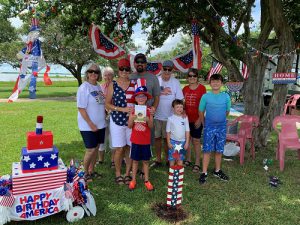
The urge to fire up the grill and lay a picnic blanket out on the grass, however, can also be tied back to original holiday celebrations.
“The really interesting thing about the Fourth of July is that it then spawned all of these semi-public or private celebrations,” Putman said. “So, you might go watch the parade and then you have your family barbecue. In the late 1700s, 1800s, people might go out for a big public event, like a giant picnic or parade, but then they’ll go back to taverns or family homes.”
Americans would go to the local pub and propose toasts in the name of things like independence, the Constitution and the president. George Washington himself even issued double rations of rum to his soldiers on the 1778 and 1781 anniversaries in observation of the day.
It wasn’t until about 100 years after independence that barbeque went from being a food for poor people to being popularized on a national scale, Putman said.
Red, white and blue everywhere

Walk into any store in July today and you will be bombarded by red, white and blue plastered on everything from cocktail napkins to beach towels.
In the early days of American independence, however, the colors were not yet representative of a flag that was recognized as universally and uniquely American. In fact, it wasn’t until June 1777 that Congress even approved the first official iteration of the flag, which changed many times between inception and the final design created in 1960.
“During the Revolutionary War, flags were something that had kind of a functional purpose: They fly above a fort or they’re on the top mast of a ship,” Putman said. “It’s really not until the American Civil War, the 1860s, that most people started to use the flag in more personal ways.”
Before then, you would never see the average person, for example, hanging a flag in front of their house, he said. The tensions of the Civil War prompted people to begin adopting iconography of flags, which not only delineated opposing sides of the war but stood as a symbol of different things for individual Americans.
This use of the flag’s colors on everyday items grew in popularity in the 1900s, said Putman, and has become even more common in the past few decades.
The 50-star flag we now recognize was not unveiled until 1960, after Hawaii and Alaska joined the union in 1959.
By Alex Arlander | ENC News


